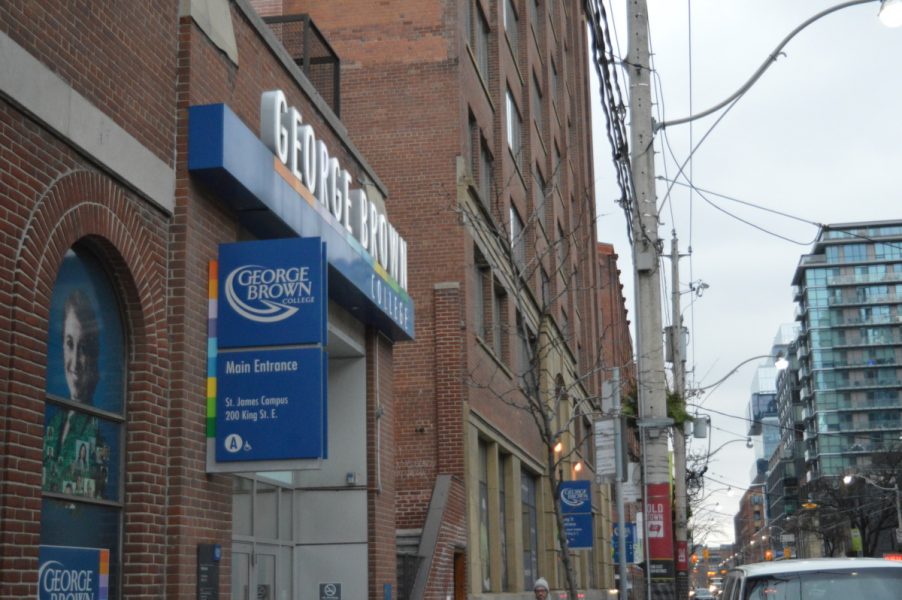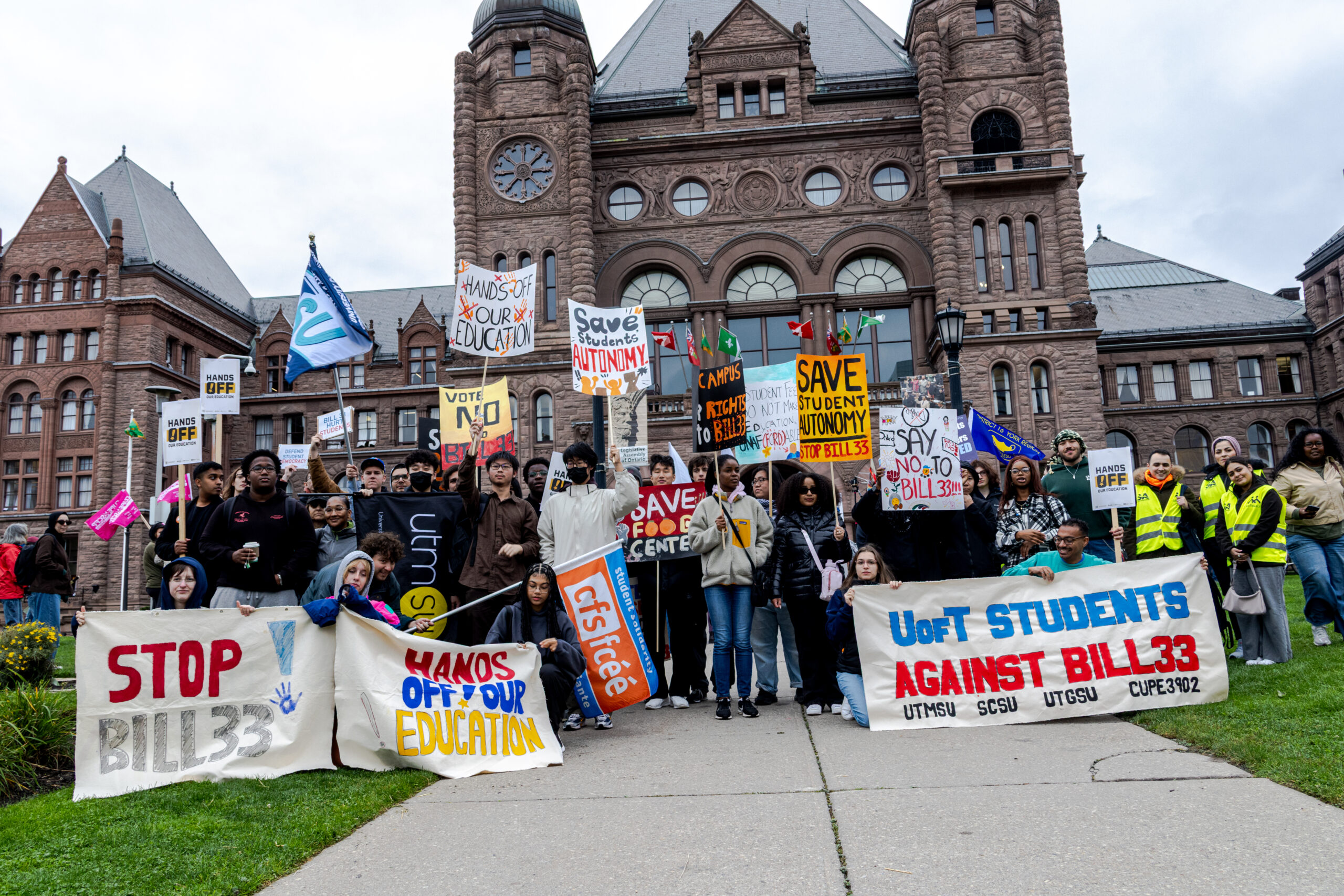By William Brown
George Brown College (GBC) is aiming to reopen its 200 King Street E. building, which was the site of a fire in August, in a limited capacity by the end of the calendar year according to the college’s chief digital and infrastructure officer Dr. Nasir Kenea.
According to Kenea, the college hopes to open the building’s basement, ground and second stories. The fire, which occurred on the St. James campus building’s sixth floor, has kept the building closed to students for the past two months.
It’s been a complicated process, according to Kenea, which has seen the college coordinating with a variety of partners including engineers, insurance providers and college faculty and students.
“We have not even finalized to confirm what the engineers have assessed is acceptable to us,” said Kenea. “Because we have to validate from our own perspective by having another set of eyes of engineers that we retain to protect the college’s interest in this process. So all of these things are taking time.”
The fire has restricted student access to services offered at 200 King St. E., including the Library Learning Commons. The good news for the college is that on-campus activity is already severely limited due to COVID-19, meaning there isn’t the usual crowd of students on campus. But as the college looks to shift more of its students to a hybrid model next term, the status of 200 King St. E. provides further complications.
“The two activities are really in sync and one is informing the other,” said Kenea of the relationship between re-opening the college from COVID-19 protocols and re-opening the 200 King St. E. building.
While nothing is finalized yet, Kenea says the college is looking into what classes and programs would typically be held in 200 King St. E. and finding new locations for them until the building can fully re-open. If the college is indeed able to re-open the building’s basement, ground and second floors by the end of December, students would have access to the Library Learning Commons among other amenities.
The fire, Kenea says, was caused by contractors working in the building. While Kenea didn’t say that more stringent college policies could have prevented the fire, he did say that the college terminated the contract of the company at fault and will not do any more business with it. The same company was working on a different project at the college’s Casa Loma campus at the time, the contract of which was also terminated.
“The main reason being, based on what we saw, there is a quality lacking that could have protected or avoided such an incident,” said Kenea. “We are a public organization. We go through a process when we retain contractors, but at the same time we can exclude those kinds of contractors from future engagements.”


